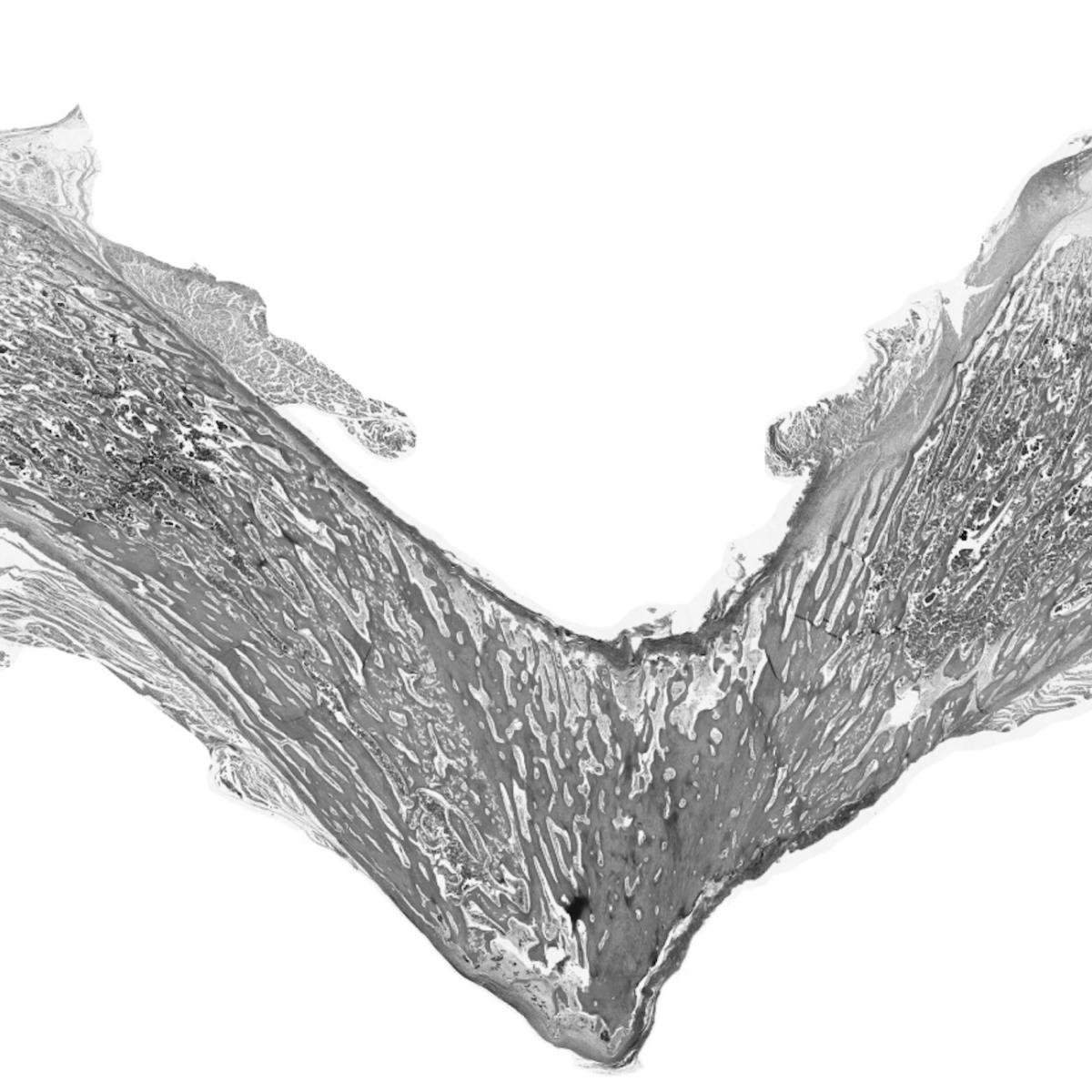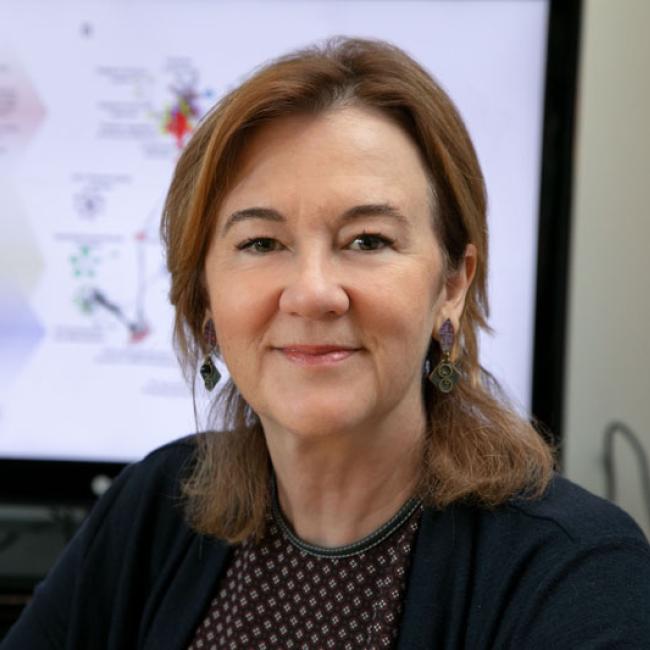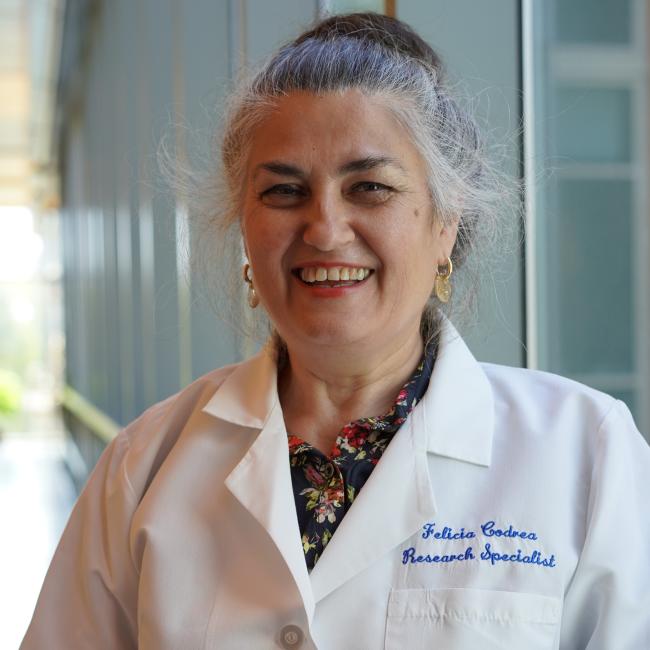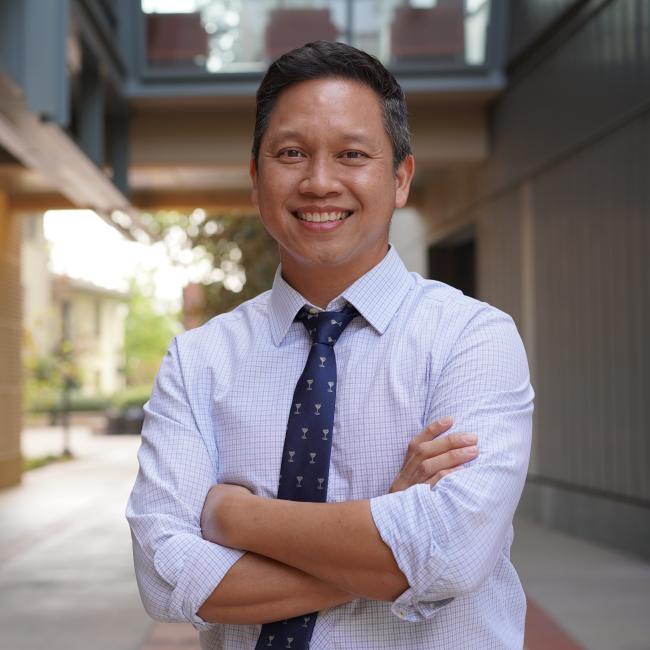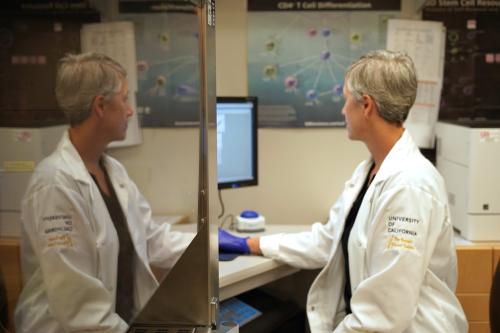
Overview
The Flow Cytometry Core provides the UCLA research community with access to flow cytometry instrumentation, cell analysis and cell sorting services, and expert advice in support of individual experiments.
The instruments use fluorescence-activated cell sorting, or FACS, technology, which enables users to analyze cell populations, isolate cells with special characteristics and characterize their biochemical, genomic and epigenetic properties.
The core is located in the Terasaki Life Sciences Building, Room 3045.
Training & Scheduling
Training
Prior to scheduling hands-on analysis training with a core operator, users are required to submit a training request form in PPMS and complete the following online courses:
Upload certificates of completion for these courses to PPMS with your training request.
Scheduling
Each lab member utilizing sorting and analysis services is required to review the BSCRC Flow Cytometry Core User Policies.
Sorting and analysis are scheduled through PPMS. Users are required to create a user account.
For assisted analysis, contact a flow cytometry operator directly to schedule an appointment.
Appointments for all services can be booked no more than two months in advance. Large sort appointments are subject to core director approval.
Equipment & Services
Sorters
Cytek Aurora CS
Technician Operated, TLSB 3045A2
The Aurora CS is a 5 laser, 64 fluorescence detector spectral cell sorter. Cells can be sorted into up to 6 tubes simultaneously or directly into plates using its spectral capabilities or conventional mode.
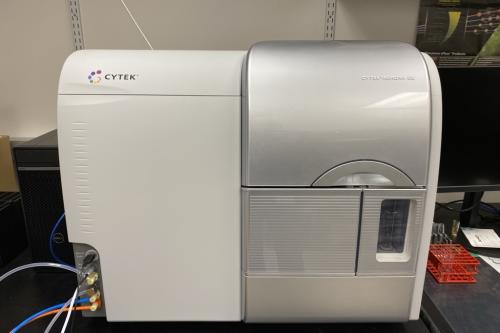
BD Aria H
Technician Operated, TLSB 3045A2
The ARIA-H is a 5 laser, 18 fluorescent parameter sorter. Cells can be sorted into up to 4 tubes simultaneously or directly into plates. This ARIA is inside of a biosafety cabinet.
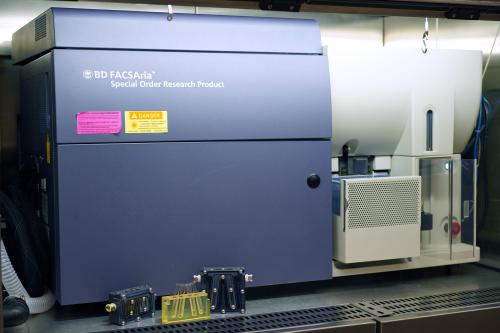
BD Melody
User and Technician Operated, TLSB 3045A1
The Melody is a 3 laser, 9 fluorescent parameter sorter. Cells can be sorted into up to 4 tubes simultaneously or directly into plates. For greater user protection, the Melody is placed within a Class II biosafety cabinet.

Analyzers (User and Technician Operated)
BD Fortessa
TLSB 3045A1
The Fortessa is for analysis only and has five lasers with 16 fluorescence detectors.
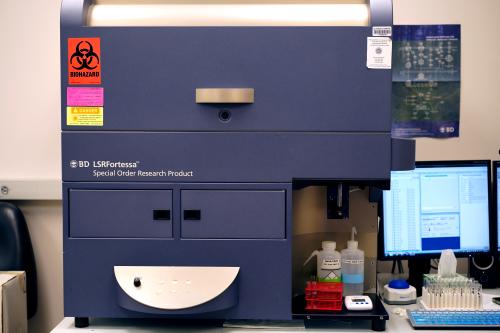
BD Celesta
TLSB 3045A1
The Celesta is for analysis only and has 3 lasers with 12 fluorescence detectors. This instrument has a built-in high-throughput sampler plate adapter.
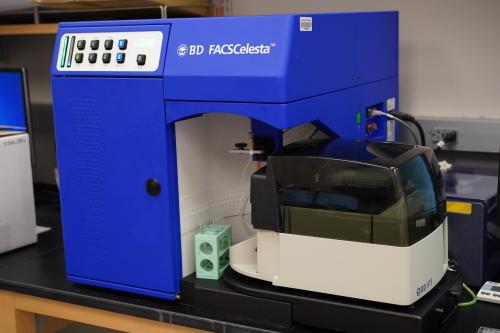
Cytek Aurora
TLSB 3045A1
The Aurora is for analysis only and has 5 lasers with 40+ fluorescence detectors. This instrument has a built-in high-throughput sampler plate adapter.
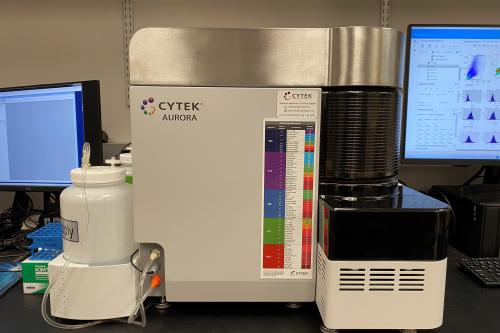
Pricing
Product/Service Description | UCLA Rate | External Rate - Non-Profit | External Rate |
Analysis (unassisted) | $63.15 per hour | $87.77 per hour | $157.99 per hour |
Analysis (assisted) | $90.46 per hour | $125.73 per hour | $226.32 per hour |
| Sorting (unassisted) | $71.48 per hour | $99.35 per hour | $178.84 per hour |
Sorting (assisted) | $99.27 per hour | $137.98 per hour | $248.37 per hour |
Training | $286.63 | $398.42 | $717.15 |
FAQs
The FACS Core provides sorting, training, independent analysis and assisted analysis.
Please see the pricing section of this page.
Yes, consultation is available for experimental design, analysis/interpretation and training on the analyzers.
No, users are responsible for processing their own samples.
BD ARIA with 5 lasers.
Both sorters have 5 lasers; ARIA H is inside a biosafety cabinet.
BD Fortessa and BD Celesta.
Have the BSCRC FACS Core Agreement form signed by your Principal Investigator (PI). Complete the following required online courses.
BD Fortessa and Celesta:
Cytek Aurora
- Basics of Flow Cytometry
- Creating Experiments Using Tubes
- Recording Samples Using Tubes
- Overview of the Unmixing Wizard
- Cytek Automated Sample Loader Workflow Overview
- Reference Control QC Tools
- Extracting Autofluorescence
Submit forms of completion for these courses along with your training request in PPMS. See the scheduling and training section of this page for more information.
To access the analyzers after-hours, users must first receive training from the FACS Core staff to operate the analyzers and demonstrate the ability to properly start up, run and shutdown the instruments.
Up to 4 cell populations can be sorted simultaneously.
The Celesta is capable of running 96 and 384 well plates. The Aria and AriaH can sort cells into multiwell plates (6 well up to 384 well).
10 million cells/ml for 100 um nozzle, 20 million cells/ml for sorting with 70 um nozzle.
Cell suspensions must be passed through a 35 µm nylon mesh filter (BD catalog # 352235) right before sorting/analysis. Other filters available include, Partec CellTrics (10um, 20 um, 30um or 50 um) and BD Falcon Cell Strainers (40um, Falcon catalog # 352340).
Unstained and single-color controls are required for calculating compensation. Gating controls (FMO) are recommended.
Yes, please see our pricing section of this page to see external pricing. For more information, please contact the core at BSCRCFlowCore@mednet.ucla.edu.
Please include the UCLA Broad Stem Cell Research Center Flow Cytometry Core in your acknowledgements section.
